Seguimos profundizando nuestros conocimientos acerca de los modelos de estudio en esta oportunidad vamos a conocer como determinar la linea media cuando esta se encuentra centrada o desviada y si es en el maxilar superior como en inferior, así como también la relación molar si es clase I, II y III, también relación canina, también establecer los planos terminales rectos en la dentición primaria, es muy importante que podamos tener el aprendizaje de los distintos espacios de crecimiento y primate, así como también cuando ya nos encontramos limitados de espacio ya pasa hacer apiñamiento, lo que nos hace estar limitados de espacio afectando así la correcta oclusión de nuestro dientes.
We continue to deepen our knowledge about the study models in this opportunity we are going to learn how to determine the midline when it is centred or deviated and if it is in the upper or lower jaw, as well as the molar relationship if it is class I, II and III, also canine relationship, It is also very important that we can learn about the different spaces of growth and primate, as well as when we are already limited in space and crowding occurs, which causes us to be limited in space, thus affecting the correct occlusion of our teeth.
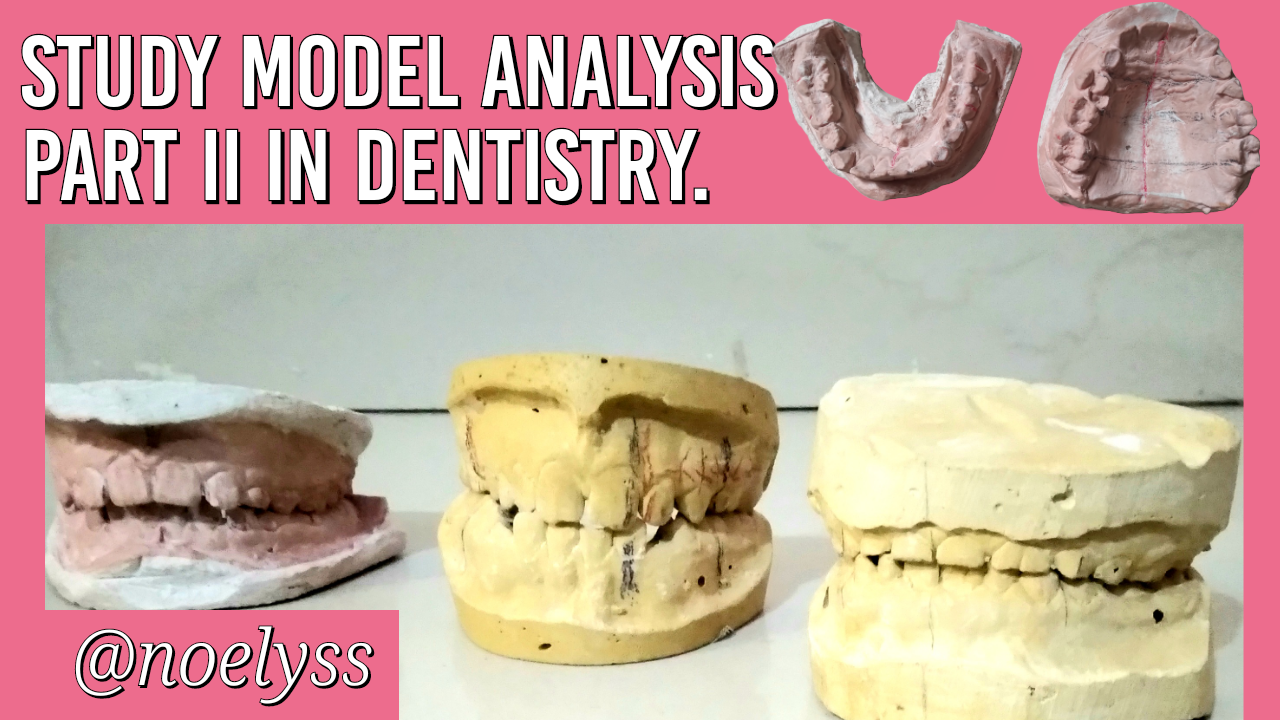
En esta segunda parte hablaremos de la segunda parte de relaciones de contacto interproximales:
In this second part we will discuss the second part of interproximal contact relations:
Espacios de primate, estos espacios tratarán de compensar la diferencia que existe entre los dientes temporales y los dientes permanentes, tienen una ubicación específica cómo lo es en el maxilar superior este es el espacio que se encuentra entre la cara distal del incisivo lateral y la cara mesial del canino, en el maxilar inferior entre la cara distal del canino y la cara mesial del primer molar inferior temporal.
Primate spaces, these spaces will try to compensate for the difference that exists between the temporary teeth and the permanent teeth, they have a specific location such as in the upper jaw this is the space that is between the distal face of the lateral incisor and the mesial face of the canine, in the lower jaw between the distal face of the canine and the mesial face of the first lower temporary molar.
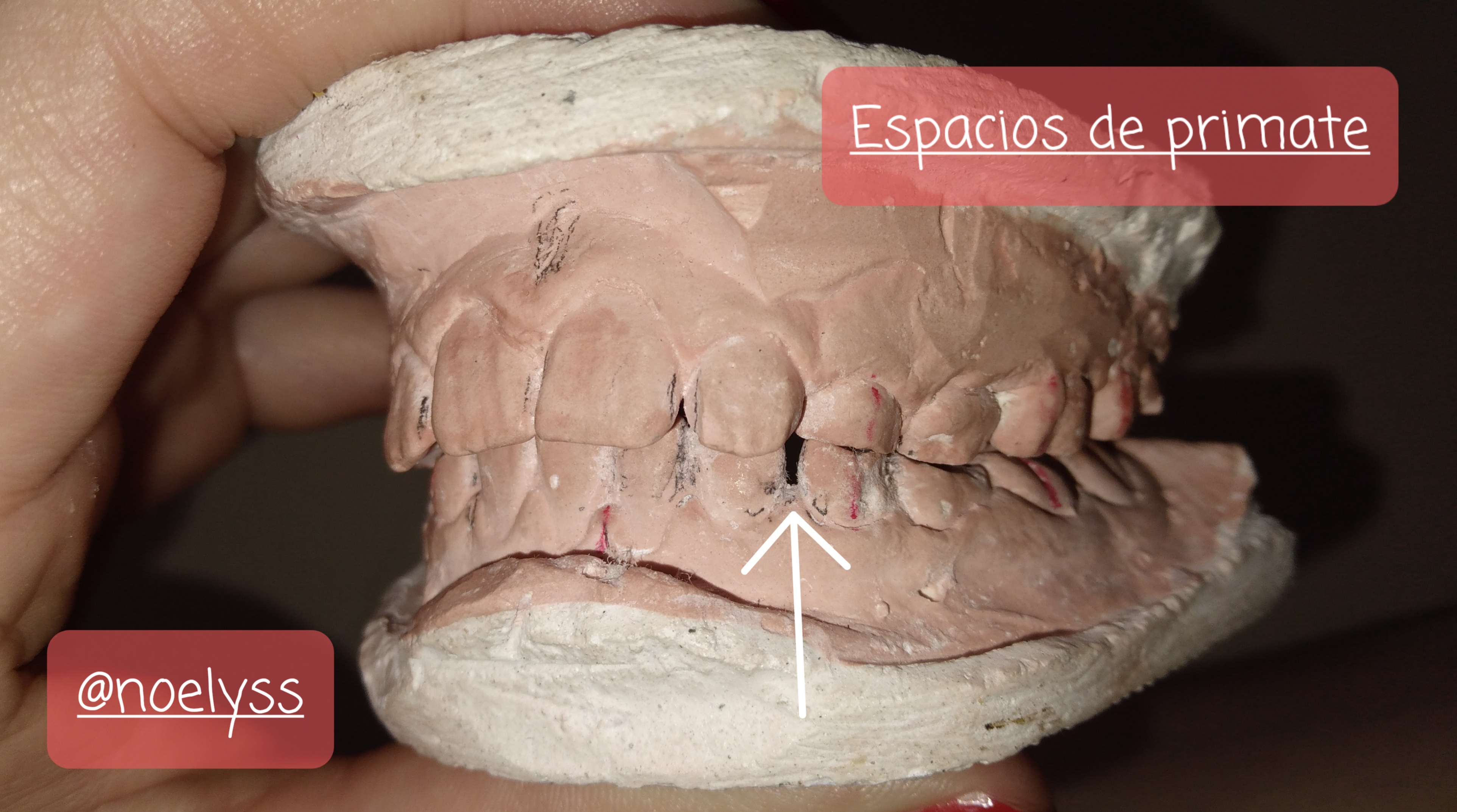
Espacios de crecimiento, estos espacios son muy comunes en dientes temporales es decir en los niños, ya qué es un espacio que existe destinado a compensar la diferencia de los diámetros mesiodistal es entre los dientes temporales y los dientes permanentes. Cabe destacar que los espacios de primate y los espacios de crecimiento son totalmente normales no dependen de ortopedia y ortodoncia, pero los diastemas sí ya que esto es la separación entre los dientes, pero estos se encuentran presentes únicamente en los dientes permanentes, normalmente la causa de los diastemas proviene por la exagerada separación que presentan los frenillos labiales, qué son muy gruesos tanto superior como inferior.
Growth spaces, these spaces are very common in temporary teeth, in children, as it is a space that exists to compensate for the difference in mesiodistal diameters between the temporary teeth and the permanent teeth. It should be noted that primate spaces and growth spaces are completely normal and do not depend on orthopaedics and orthodontics, but diastemas do, as this is the separation between the teeth, but these are only present in permanent teeth. Normally the cause of diastemas is due to the exaggerated separation of the labial braces, which are very thick, both upper and lower.
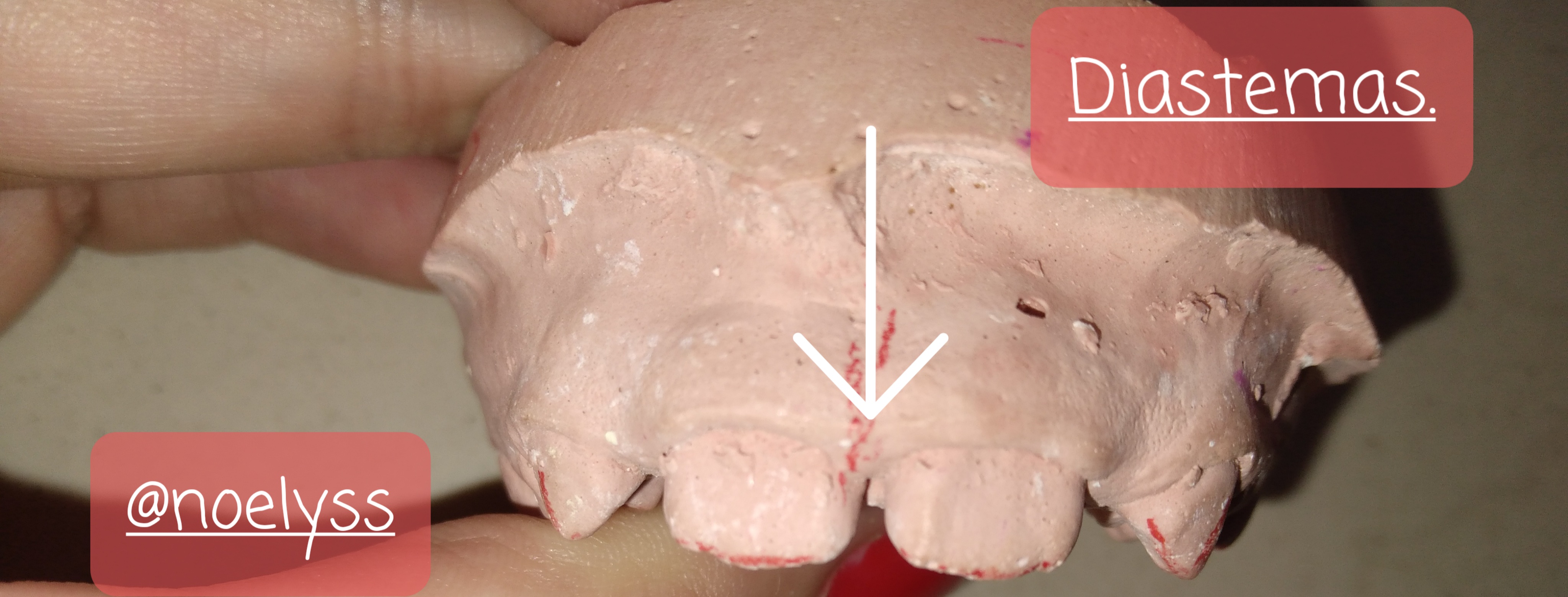
En los dientes también puede haber apiñamiento que es la falta de espacio, por lo que los dientes toman otra posición que no es la adecuada puesto que no tienen la manera correcta de erupcionar se ven todos juntos.
Teeth can also be crowded, which is a lack of space, so that the teeth take on a position that is not the right one, as they do not erupt in the correct way and they all look together.
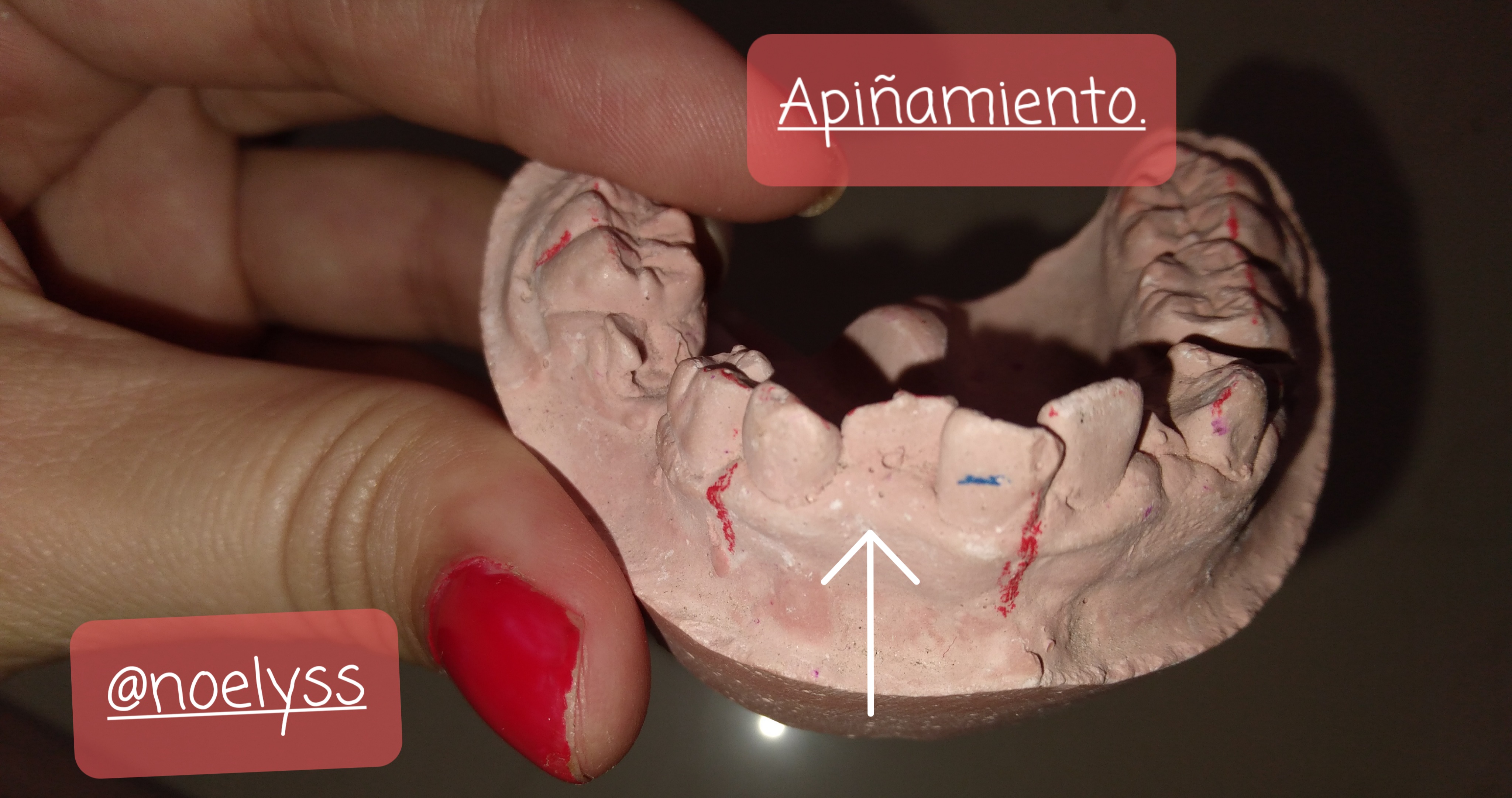
Línea media.
Middle line.
Debemos determinar si la línea media esta centrada o desviada, puede hacer una desviación hacia la derecha o a la izquierda normalmente la línea media interincisal superior debe coincidir con la inferior, para determinar cuál de las dos estás desviada primeramente debemos ver si el frenillo labial superior está alineado con la línea interincisal superior si la línea media interincisal inferior no está centrada con la lingual quiere decir que la desviación es del maxilar inferior.
We must determine if the midline is centred or deviated, it can deviate to the right or to the left, normally the upper interincisal midline must coincide with the lower midline. To determine which of the two is deviated we must first see if the upper labial frenulum is aligned with the upper interincisal line, if the lower interincisal midline is not centred with the lingual one, this means that the deviation is of the lower jaw.

Profundidad del paladar.
Depth of palate.
Para la profundidad del paladar en el modelo de estudio con una regla milimétrica vamos a medir el ancho desde ambas caras mesiales del segundo molar temporario y para medir la profundidad una línea paralela a todo lo largo, vamos a obtener ambas mediciones y de esta manera vamos a obtener la profundidad del paladar.
For the depth of the palate in the study model with a millimetric ruler we will measure the width from both mesial sides of the temporary second molar and to measure the depth we will measure a line parallel to the entire length, we will obtain both measurements and in this way we will obtain the depth of the palate.
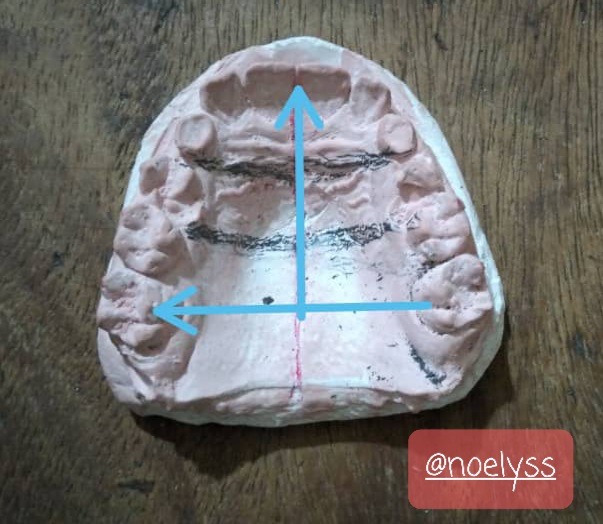
Luego es necesario observar la posición de las encías si estás son normales o anormales así como también la inserción de los frenillos puesto con alguno de los casos son unilaterales derecho izquierdo en cuanto al frenillo inferior y también cuando el frenillo superior es delgado o grueso.
Then it is necessary to observe the position of the gums if they are normal or abnormal as well as the insertion of the frenulum, since some of the cases are unilateral right or left as for the lower frenulum and also when the upper frenulum is thin or thick.
Por último vamos al modelo de la oclusión, para la determinación de la relación molar para los dientes permanentes. Para la clase 1 es cuando la cuspide mesiovestibular del primer molar superior ocluye en surco mesiovestibular del primer molar inferior permanente y la clase II, es cuando la cúspide del primer molar superior permanente ocluye por delante del surco mientras que en la clase III la cúspide del primer molar permanente ocluye por detrás del surco mesiovestibular del molar inferior.
Finally we go to the occlusion model, for the determination of the molar relationship for permanent teeth. For class 1 is when the mesiovestibular cusp of the upper first molar occludes in the mesiovestibular sulcus of the lower permanent first molar and class II is when the cusp of the upper permanent first molar occludes in front of the sulcus while in class III the cusp of the permanent first molar occludes behind the mesiovestibular sulcus of the lower molar.
La relación canina, clase I cuando la cúspide del canino superior ocluye entre el primer molar inferior, clase II es cuando la cuspide del canino se encuentra adelantado con respecto a la inferior, en la clase III la cúspide del canino superior, se encuentra por detrás de la cúspide del canino inferior.
The canine relationship, class I is when the cusp of the upper canine occludes between the first lower molar, class II is when the cusp of the canine is in front of the lower canine, in class III the cusp of the upper canine is behind the cusp of the lower canine.
La relación molar en los dientes primarios vamos a utilizar los planos terminales en la clase 1 el plano terminal es recto, cuando la cara distal del segundo molar superior temporal y coincide con la cara distal del segundo molar inferior, en una misma línea recta mientras que en la clase II el escalón mesial el segundo molar superior temporal está más atrás que el segundo molar inferior temporario, al hacer el trazado se va a formar un pequeño escalón y este será un escalón mesial y por último la clase III qué es un escalón distal la vamos a estudiar considerando las cara distal es de los segundos molares, por lo que vamos a tener un plano terminal recto en la superficie distales de los segundos molares primarios ellos va a coincidir en una línea recta.
The molar relationship in primary teeth we are going to use the terminal planes in class 1 the terminal plane is straight, when the distal face of the upper second temporary molar coincides with the distal face of the lower second molar, in the same straight line, while in class II the mesial step of the upper second temporary molar is further back than the lower second temporary molar, when the tracing is done a small step will be formed and this will be a mesial step and finally class III which is a distal step we are going to study considering the distal face of the second molars, so we are going to have a straight terminal plane on the distal surface of the second primary molars and they will coincide in a straight line.
En el modelo de estudio también debemos tomar en cuenta la relación anterior, que es el resalte u overjet, la sobremodida horizontal, no hay más que la distancia de la cara palatina del incisivo central superior es con las caras vestibulares de los incisivos centrales inferiores esta se mide en milímetros y el sobrepase que es overbite no es mas que la sobremordida vertical, qué es la distancia entre el margen incisal superior que sobrepasa el margen inferior está mordida no es más que un tercio.
In the study model we must also take into account the previous relationship, which is the overjet, the horizontal overbite, which is nothing more than the distance between the palatal face of the upper central incisor and the vestibular faces of the lower central incisors. This is measured in millimetres and the overbite is nothing more than the vertical overbite, which is the distance between the upper incisal margin that exceeds the lower margin, this bite is no more than a third.
Referencia Informativa/Reference Informative:
https://es.slideshare.net/MichelleRohrmoser/modelos-de-estudio-58775953

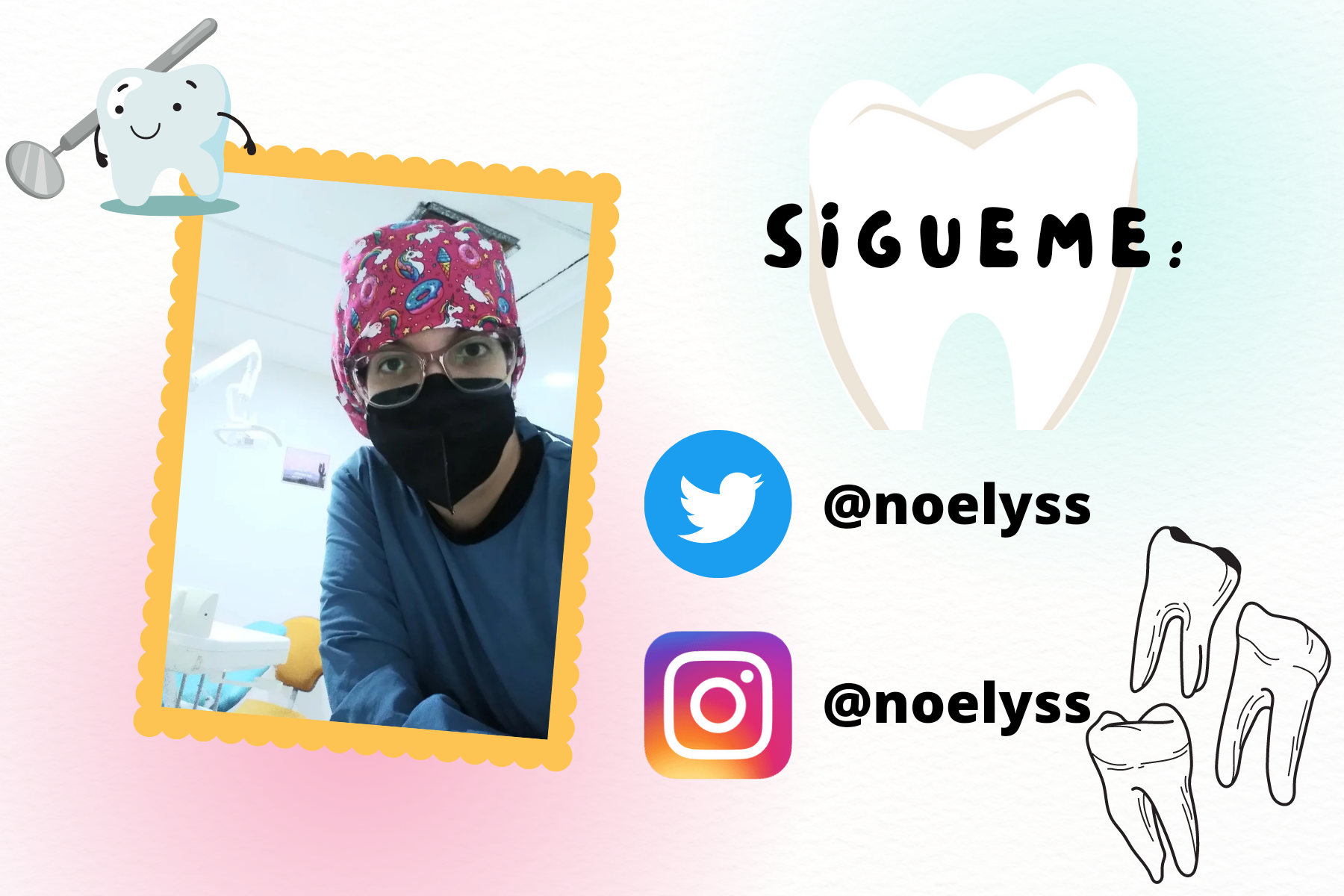
Texto traducido en Deelp
From what I understand, in dentistry, as in medicine, balance is sought, both in values and forms, it is what allows us to see when an imbalance appears that something is not quite right, and to see the possible causes to subsequently act on them. and try to improve.
These midline points you mention, for example, made me think about that, interesting post, thanks for the information.
Thanks for the knowledge gained today..
See me using my tongue to touch my primate gap😊😊
The rewards earned on this comment will go directly to the people( @noalys ) sharing the post on Twitter as long as they are registered with @poshtoken. Sign up at https://hiveposh.com.
Su post ha sido valorado por @ramonycajal
Thanks for your contribution to the STEMsocial community. Feel free to join us on discord to get to know the rest of us!
Please consider delegating to the @stemsocial account (85% of the curation rewards are returned).
You may also include @stemsocial as a beneficiary of the rewards of this post to get a stronger support.